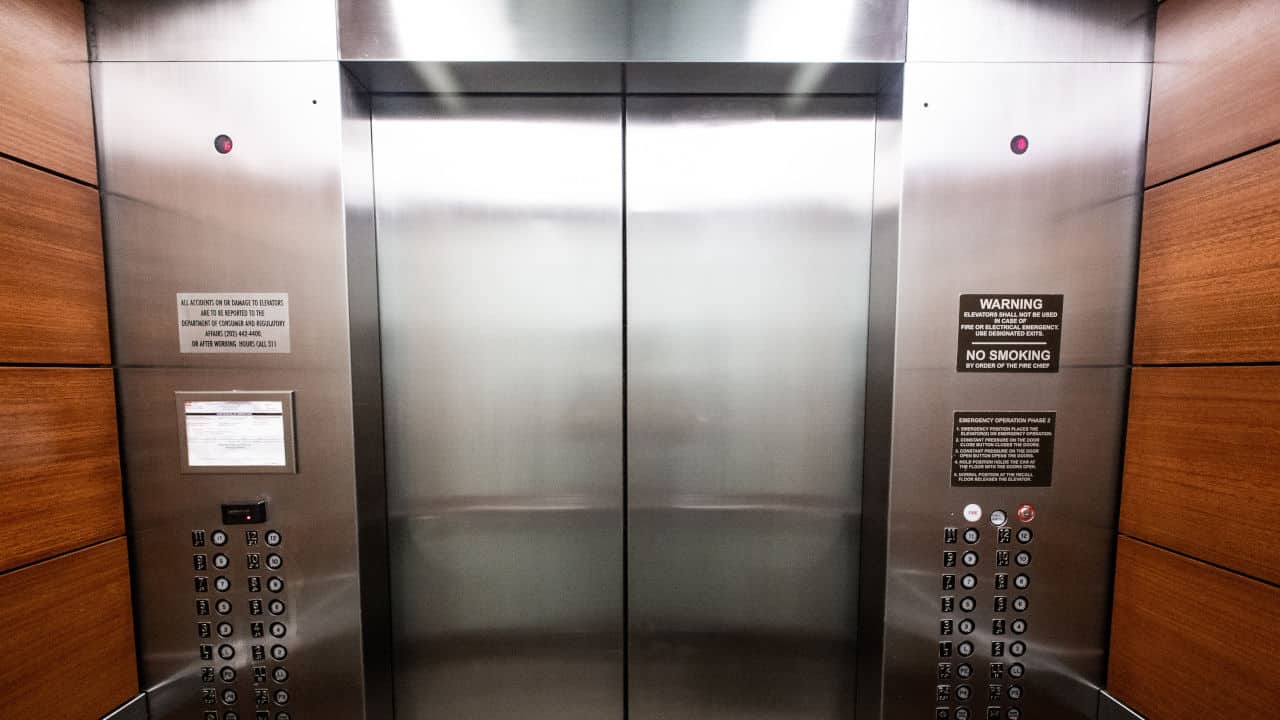Land as a static natural resource cannot be moved from one place to another, and it’s limited. The land supply in an area is usually fixed, except forests are being cleared and seas are being filled. Fortunately, innovations have helped the ever-growing human population to maximize the use of limited land for their primary need for shelter. Rather than accommodations being built to spread around, taking more of the limited land, they are now being constructed so that spaces that can accommodate more people are built on top of each other.
This has seen buildings like the Burg Khalifa, with 163 floors, being constructed. Thankfully, with such an innovation defying the traditional order of accommodation being built, other innovations came to life to aid the living and commuting users of these tall buildings. One of the innovations that have thus helped is an elevator.
An elevator helps to solve one of the major problems of these tall buildings, which is in-building transportation. Imagine climbing a flight of stairs to go to the 163rd floor of a building. That would have been a painstaking task for someone to do in a day, not to talk of multiple times a day. However, with an elevator, one can commute to and fro the 163rd floor in a few seconds.
Unfortunately, this innovation doesn’t come without its woes. Sometimes, when they malfunction, they can turn from an aid machine to a death trap. As reported by CBS News, one of many cases of an elevator accident is that of a man trapped in an out-of-control elevator.

Who Is To Blame For An Elevator Accident?
According to a publication by The National Institute for Occupational Safety and Health (NIOSH), “incidents involving elevators and escalators kill about 30 and seriously injure about 17,000 people each year in the United States….with elevators cause almost 90 percent of the deaths and 60 percent of serious injuries.”
A further detailed dive by the publication into how the accidents happen explained that almost half of the percentage of people injured from an elevator accident is usually sustained by those working in or around the elevator, doing maintenance, installation, or repair. They can fall into the shaft, get trapped between moving elevators, or be injured by a free-falling compartment. One such case is Buckley v. COLUMBIA GRAMMAR.
In addition, folks who are commuters and users of elevators can get unlucky and injured due to an elevator accident. One such sad case is that of Millington v. Southeastern Elevator Co. In this case, the plaintiff’s husband got involved in an elevator accident that left him completely paralyzed from his waist down.
When such events happen, some third parties could be held liable for the accident caused by the elevator. Premises liability makes the owner of the building where the elevator operates, responsible for injuries sustained.
Also, the manufacturer can be held liable if the injury is caused by a defective elevator. Elevators require maintenance, and in a case where the lack of maintenance causes an accident, the party responsible for the maintenance can also be held liable. A perfect example is the case of Chakalis v. Elevator Solutions, Inc.
In the above-mentioned case, the injured plaintiff sued the elevator maintenance company, the apartment’s owner, and the property manager’s agent on the grounds of negligence and premises liability after she sustained personal injuries from a malfunctioning elevator in her apartment building.
The Role Of Visualization And Animation In Elevator Accident Reconstruction
An elevator accident case that ends in a court trial can be won with the introduction of visualization and legal animation videos.
Legal animation, over the years, has rightly proved its ability in court to demystify complex accident reconstruction and make comprehension easier for the jury in a courtroom.
With an elevator accident case at hand, how the accident happened, what caused the accident, how the accident could have been prevented, and the injuries sustained by different parties as a result of the accident can be illustrated.
In addition, the faulty mechanics of an elevator and the different parts of an animation can be appropriately illustrated with animation.
Take the case of Chakalis v. Elevator Solutions mentioned above as an example. In that case, the plaintiff took an elevator to help her to the sixth floor where she lives. However, the elevator malfunctioned and began shaking, going up and down before suddenly dropping six floors, crashing into the bottom level, bouncing up about six feet, and then bouncing several more times before finally resting. This accident caused the plaintiff, who was in the elevator, a laceration in her head and tenderness in her back.
With the aid of an animation, an accident reconstruction showing the elevator malfunctioning, moving up and down, while the plaintiff was still inside can be illustrated to the jury. The injury caused to the plaintiff due to the movements can also be illustrated.
This visualization will go a long way in showing the jury the severity of the injury and how traumatic such an event can be to a survivor.
Conclusion
The best courtroom animations aren’t just created out of the sheer creative genius of an animator. It requires the expertise of a courtroom animation company with proven systems to get the facts of the case and tailor the animation to correlate with the facts. This is because trial animations are not like any other form of animation. They have to meet the admissibility requirements of the law.
Hence, to use an animation of an elevator accident as a demonstrative aid in court, one must consider its admissibility while creating it.






